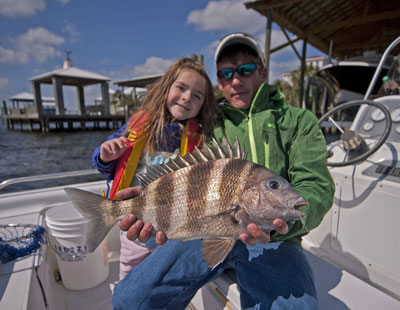COASTAL/MARINE HABITATS

HABITAT DESCRIPTION
Mississippi’s coastal habitats have been diminished by development, inappropriate
timber management practices, tropical storms, fire suppression and, most recently,
the Deepwater Horizon oil spill of 2010. Certain habitats, such as longleaf pine
forests, wet pine savannas, estuarine marshes and oak hammocks, have been reduced
or fragmented more than others. Only a small fraction of Mississippi’s original
longleaf pine forests remain. Nearly all of Mississippi’s intact wet pine savannas
are restricted to the Mississippi Sandhill Crane National Wildlife Refuge, Grand
Bay National Wildlife Refuge, De Soto National Forest and on a few tracts owned
by private landowners. Coastal marshes and wetlands remain vulnerable to urbanization,
agricultural development, commercial timber harvesting and land subsidence. Also,
a northward press of urban development is putting more stress on inland habitats
such as longleaf pine forests, bottomland hardwood forests and stream corridors.
WILDLIFE MISSISSIPPI PROJECTS
- Preparation of a
Mississippi Gulf Coast Strategic Plan.
- Supporting the implementation of the Resources and Ecosystems Sustainability, Tourist
Opportunities and Revived Economies of the Gulf Coast States Act of 2012, commonly
known as the RESTORE Act.
- Protection, restoration and enhancement and private and public lands.
- Promotion of prescribed burning and control of invasive, non-native cogongrass.
- Promotion of conservation easements on private lands.
- Supporting the expansion of Mississippi Sandhill Crane National Wildlife Refuge
and other public lands.
POPULAR SPECIES
White-tailed deer, wild turkey, laughing gull, brown pelican, bottlenose dolphin,
speckled trout and red drum.
SPECIES OF CONCERN
Mississippi gopher frog, red-cockaded woodpecker, gopher tortoise, Mississippi sandhill
crane, marsh birds, wintering sparrows, various crayfish species and various plants
in longleaf pine ecosystems. Swallow-tailed Kite, various migrant forest birds,
gulf sturgeon, yellow-blotched map turtle, and Alabama red-bellied turtle in coastal
river systems. Least tern, piping plover, various beach-nesting shorebirds, striped
bass and sea turtle species in marsh and beach ecosystems. See Wildlife Mississippi’s
Mississippi Gulf
Coast Strategic Plan. for a more extensive list.
BENEFITS
- Healthy waterways, marshes, and bays and estuaries support tourism, the seafood
industry and outdoor recreation.
- Conservation management of private lands yields economic returns for landowners.
- Proper management of shoreline habitats protects water quality.
- Restoration and maintenance of healthy marsh and beach ecosystems provide protection
from tropical storms.